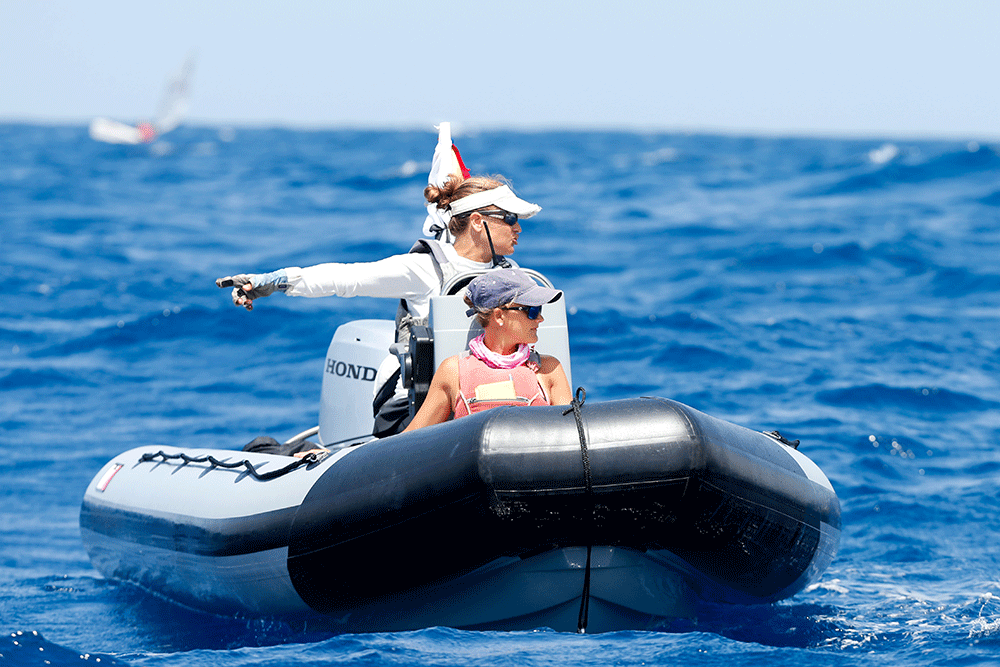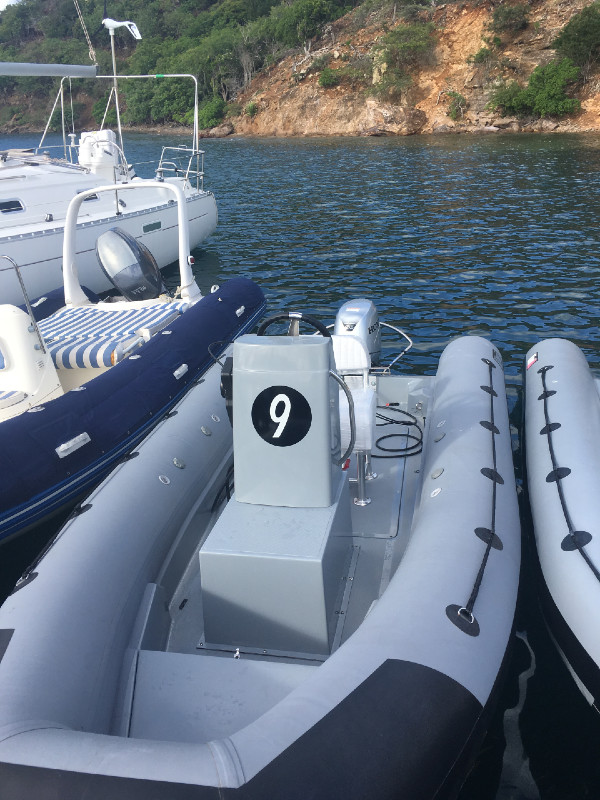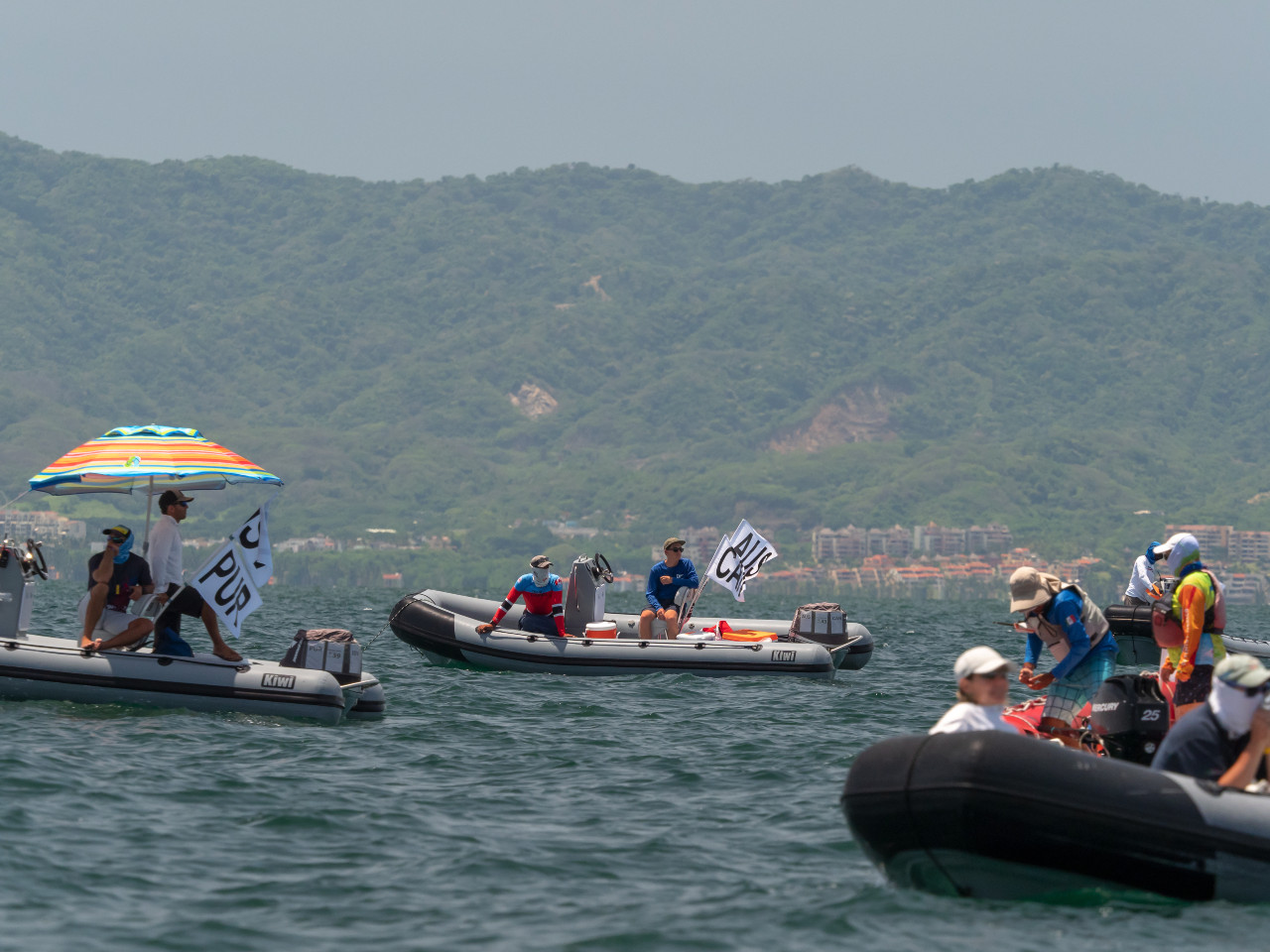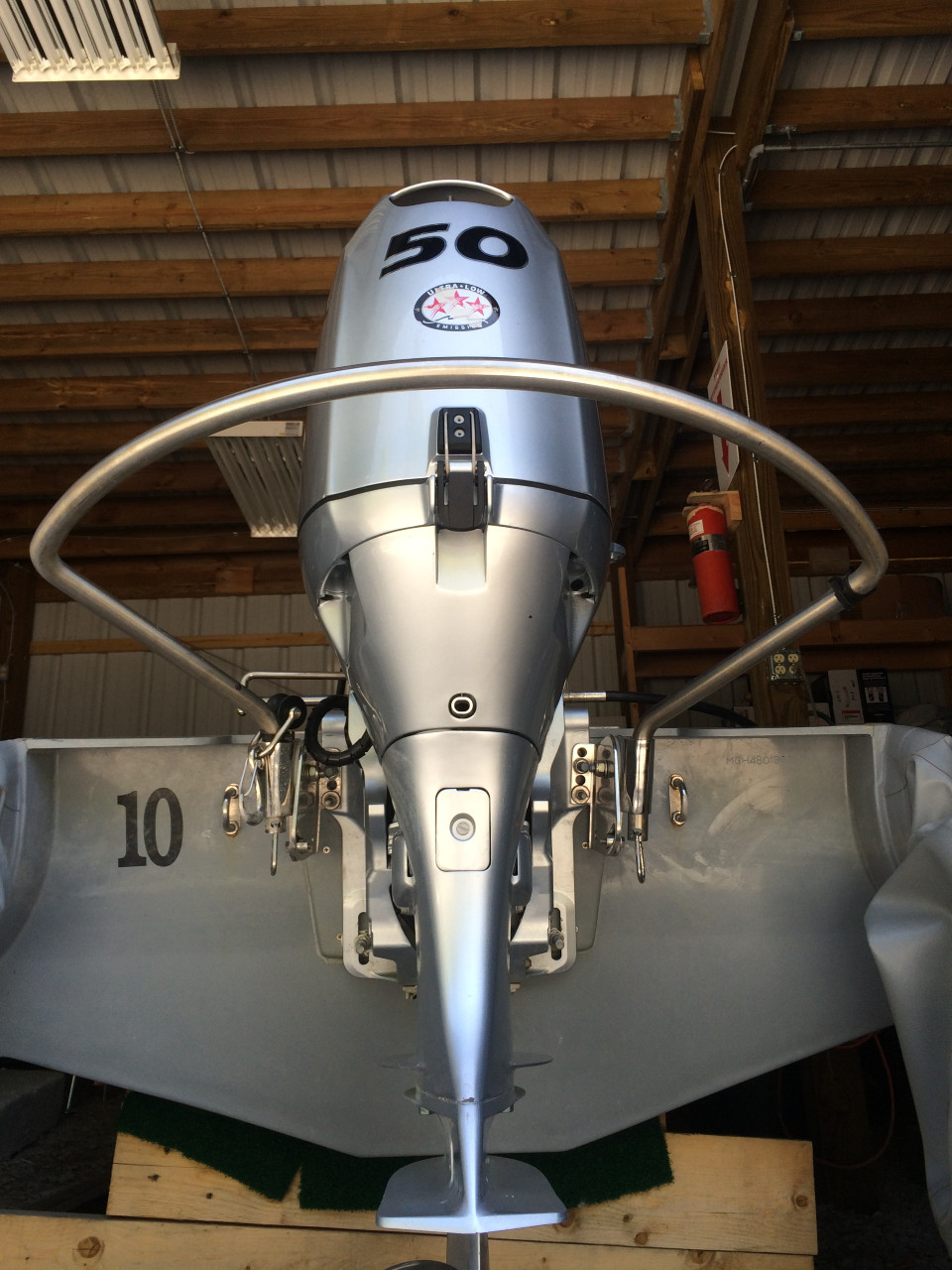
What makes for the perfect Sailor Support RIB?
In the last decade, we’ve seen a transition in sailing from Whalers and Carolina Skiffs as the preferred sailor support craft to Rigid Inflatable Boats (RIBs). With all the options out there, what makes the difference between any old RIB and a great sailor support RIB? Here at McLaughlin, we are here to help. This article will discuss what materials, sizes, and features make for a great sailor support RIB.
RIB FUNDAMENTALS
What exactly is a RIB? Most often thought of as “the boat the Navy Seals use”, a RIB (or RHIB) is a Rigid Hull Inflatable Boat that uses inflatable tubes as an addition to, or all, of its flotation. These tubes can be made of a variety of materials, but the most common are PVC or Hypalon/CSM. Both materials have their pros and cons, but the main difference is resilience to direct sun exposure.
PVC will become dry, brittle, and lose its flexibility with long term exposure. Hypalon/CSM is better with sun exposure, but comes with a higher price point. For most coaches and parents, the only acceptable material is Hypalon/CSM, as they coach in extremely sunny environments.
Hypalon® is a registered trademark of the DuPont Corporation. Its use as a brand name has become as ubiquitous as Kleenex® for facial tissues.
As such, for the purpose of this article, we will use Hypalon® to represent all CSM products, as will most people you discuss RIBs with.
There are different levels of Hypalon® material for use in RIBs. The levels are determined by the denier, or weave, of each level.
Typically, as the number of the weave gets higher, the tear resistance, or “toughness” increases as well.
As an example, for the KIWI line of RIBs, every boat is made with at least ORCA® 828 fabric or higher.
When possible, we substitute with ORCA® 866, the mil-spec material, when we can upgrade while maintaining low customer costs.

Now that we know a little more about how RIBs are constructed, we can focus on the features and sizes that work well for coaches, parents, and programs.
Depending on where the RIB will be used, most effective RIB sizes will be between 13 and 18 feet. These sizes are large enough to support multiple sailors, while still being easily trailerable and maneuverable. Which size you want to go with depends on the body of water that the RIB will be used on most often, and how many sailors you expect to support.
For example, if you sail on an inland lake or small protected bay, you may consider a 13 foot RIB. The sailors will always be close to shore, and can sail in to safety almost as quickly as you could set them up to tow in to shore. In addition, you are close to support facilities, and will not need to have as many supplies on board the RIB.
As you move further from shore, the size of your RIB will need to increase. You will begin carrying more supplies, coolers, medical needs, and fuel. A good RIB design allows for individuals to determine the supplies they need to carry for each situation, and has features to maximize the capacity to do so.

When it comes to features, there are some that are common to the best support RIBs. They need to be designed from the ground up with sailors in mind.
As such, they need a center console that is high up and as far forward as reasonable. This is so the driver can see over the bow while accelerating, as well as a full 360 degree view at all times for safety.
They also need a centered bench seat or leaning post so that the driver can easily access either side of the boat to assist sailors.
Necessary to the safety of all is a clean, open deck, minimal handles on the inflatable tubes, and a low profile rub strake to dock sailboats next to the boat.
There are optional features that we feel go a long way to improving the usability of a RIB, and take it from a good to a great sailor support boat!
The most important would be a designated towing apparatus. A hard mounted tow post may be the best for towing from, but usually makes for difficult trailer placement if trailered with sailboats. We recommend the Turbo Swing towing system. It mounts with the engine bolts, and is extremely durable, while offering a low profile option. In addition, it protects the engine housing from impacts with sailboats on the water.
A great support RIB also has reinforcements at the bow for docking, a battery cut off switch or minimal electronics to keep the battery fresh, a flag holder for coaches during events, a place to mount a compass and marine radio, and a designated dry compartment.

In addition, many states and sailing programs are now requiring a propeller guard to be installed if the RIB is going to be supporting sailors. Lastly, don’t forget about off water amenities. D-rings installed on the bow and transom will make trailering the boat easy, and avoid unnecessary wear on the tubes.
We hope that we’ve helped in your search for the perfect sailor support RIB. If you have any additional questions, please reach out to us at McLaughlin. We are here to help. 423.875.0740 or 800.784.6478. You can always email us at sales@optistuff.com. Thank you for taking the time to read our work!
Every sailor wants to have an edge when it comes time to compete, and now you know how to get it.